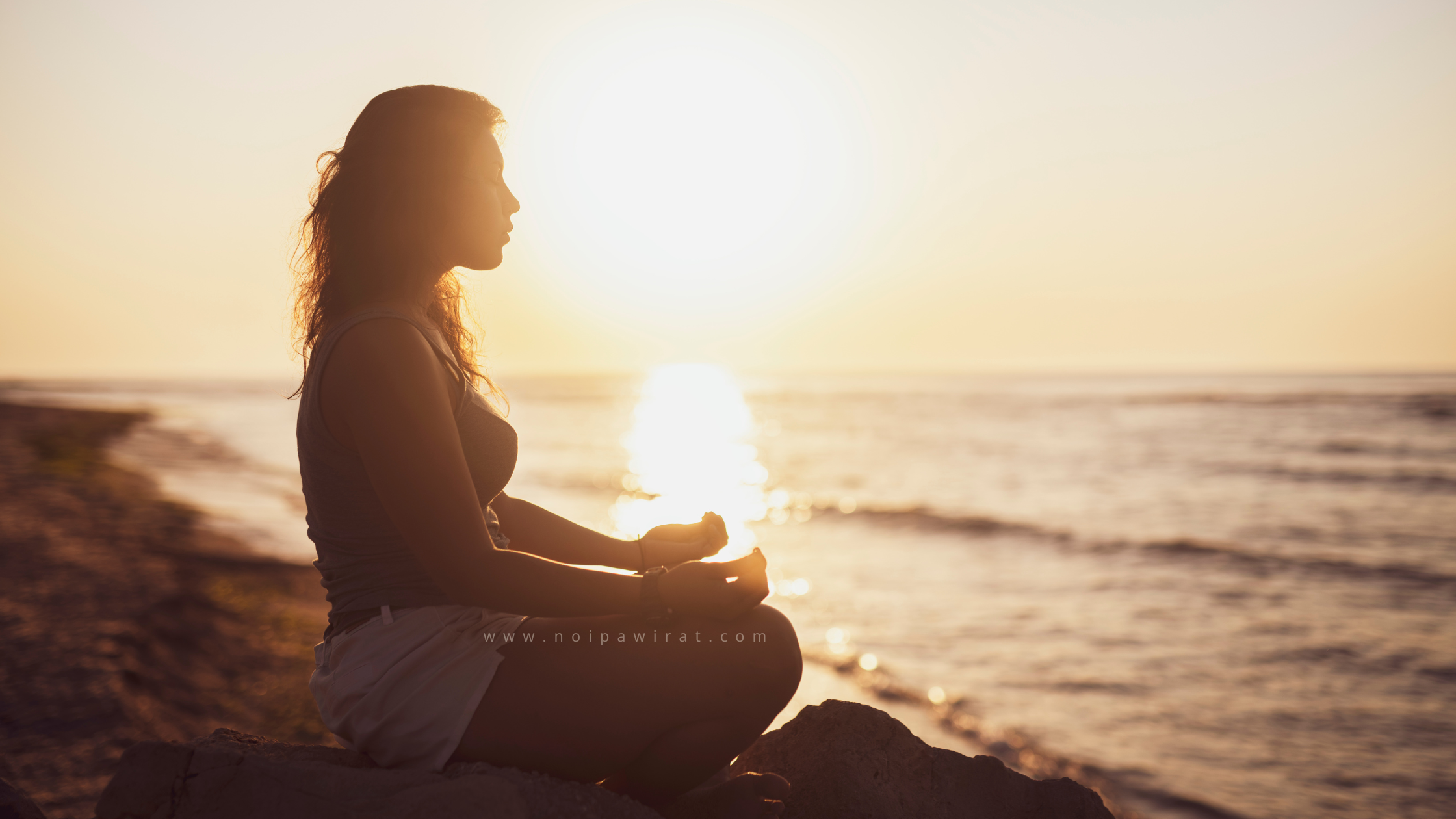Why You Can’t Meditate when you’re stressed, and What to Do Instead?
Sitting still to meditate can feel impossible when you are stressed. This happens for a good reason, and there are better ways to start. Let’s talk about why your body resists being still when you feel overwhelmed and what works better instead for you.
Meditation isn’t for me, I felt anxious when I tried, a busy CEO I work with said during our session.
Many studies show meditation is helpful for mental health, but many people still struggle with it.
If you’ve attempted to meditate while feeling anxious or restless and felt like you failed, you’re not alone. It’s not your fault. Meditation isn’t meant to fix a nervous system that feels frazzled; it’s a tool for reflection, not for rescue.
Your Brain in Survival Mode
When you’re stressed, your nervous system often shifts into fight-or-flight mode, your body is flooded with cortisol, your heart rate rises, and your mind races to “solve” the problem.
This state is designed to protect you, but it also makes it incredibly hard to be still, focus inward, or breathe slowly.
Trying to meditate in this state is like trying to fall asleep in a thunderstorm.
It’s not that you can’t, it’s that your body doesn’t feel safe enough to settle.
“Your Body and your breathing rhythm matter.”
It’s a key point that I always remind all my clients.
“Your Body and your breathing rhythm matter.”
Why Breath & Body Come First
Before the mind can calm, the body needs to feel calm.
That’s why nervous system regulation is the missing step between chaos and calm.
It’s a good reason why Vipassana (mindfulness practice) requires walking meditation in addition before seated meditation, and why the 8 limbs of yoga, as outlined by Pantajali, begin with self-regulation, calm the body through Asana (posture), and follow with Pranayama (breathwork), with meditation being the last to practice.
Simple practices like breathwork, gentle movement, or even placing a hand over your heart can signal to your body:
“You’re safe. You can soften now.”
Once your system shifts out of high alert, your mind becomes more receptive, and that’s when practices like meditation, mindfulness, or journaling actually begin to work.
Reset First, Reflect Later
Instead of forcing yourself to meditate when you’re overwhelmed, try this order:
- Regulate your nervous system with breath and body tools.
- Reset your internal state with grounding and presence.
- Reflect with meditation, journaling, or quiet time.
This gentle path allows your system to shift with you, not against you.
You don’t need more discipline, you need a reset.
Meditation becomes effortless after your body feels safe.
So if you’ve been judging yourself for not being able to “just sit and breathe”, please stop. You’re not broken. You’re simply overwhelmed.
That’s why I created The Energy Reset, a live workshop designed specifically for busy women who want to learn how to shift from stress to calm using breath and nervous system tools that work in real life, no long silent meditations required.
Join me for The Energy Reset: Breath & Nervous System Mastery for Busy Women
Learn how to reset before you reflect and take back control of your energy, clarity, and calm.


0 Comments